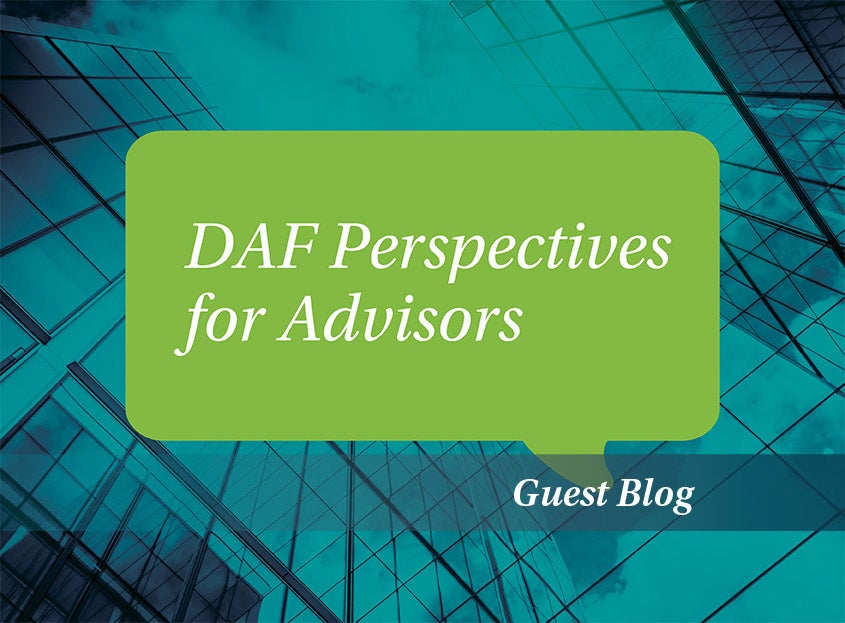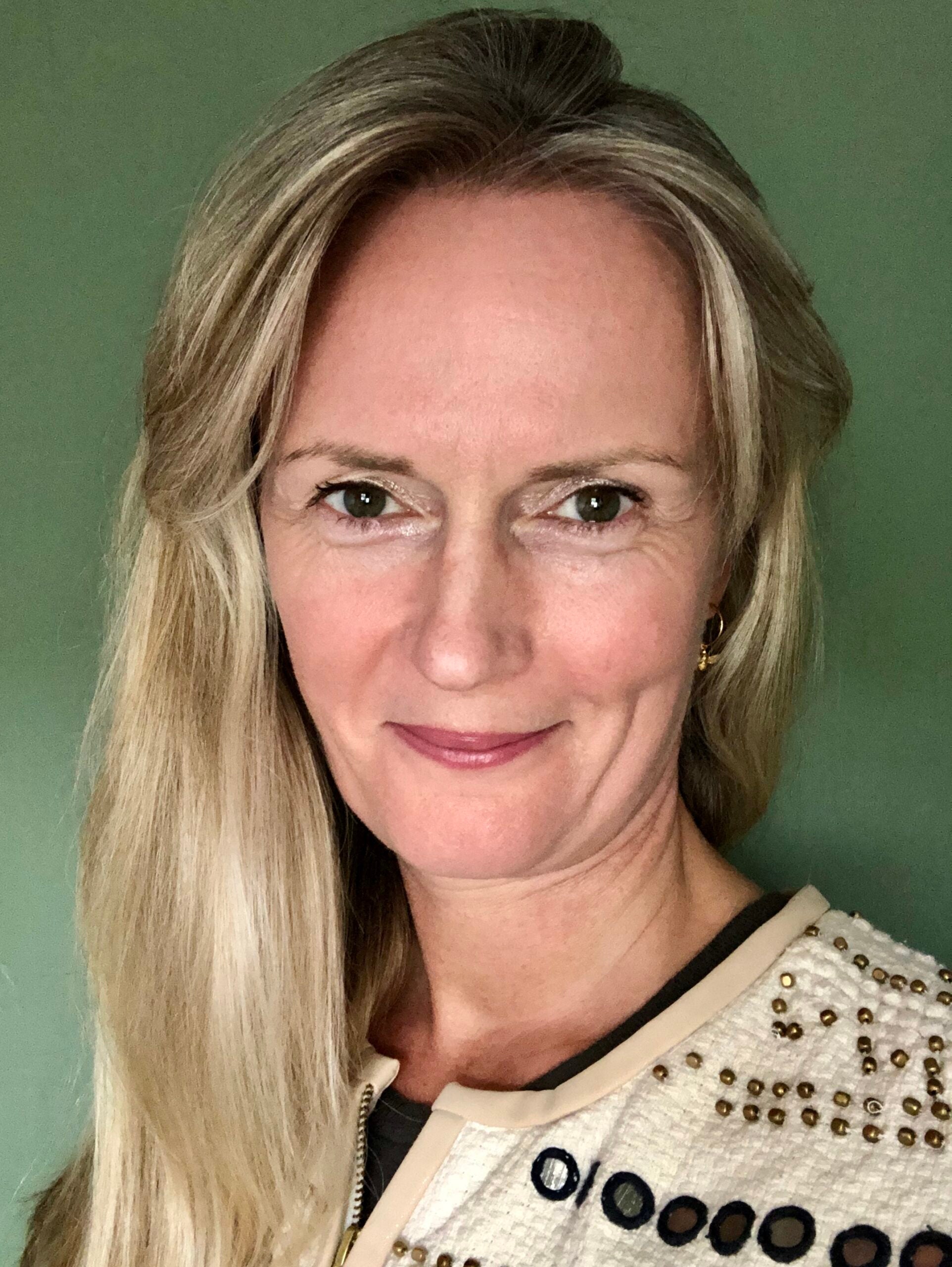When Mission Becomes the Glue That Binds Everything

Many of our clients are active philanthropists. In fact, many of them came to impact investing through the work they’ve done through their core philanthropy activities, driven by a desire to align their values more holistically across all their wealth. Whether through independent charitable foundations and trusts, or through donor-advised funds, there has been a sizeable increase in the number of wealth holders aligning their passions and values with their broader wealth. One of the most exciting developments has been the alignment of clients’ investment portfolios to drive their philanthropic grantmaking with the same values and causes that their grantmaking supports. Let us call this mission driven investing – where investment and grantmaking sit together, unified by a common purpose with minimal tension and counter productivity.
For our clients who have donor-advised funds (DAFs) we have seen that linking their DAF’s investment assets with the core purpose of their grantmaking has increased their satisfaction, and enjoyment, with the impact they are creating exponentially. Evidence that sustainable and impact investing can be a better risk adjusted style of investing and helps increase the financial resilience of a portfolio aside, the additional level of impact created in tackling core social and environmental issues has increased what is now being called the “extra financial performance” of clients’ whole philanthropy portfolio. Thus, leveraging impact and driving more systemic change.
Linking DAF assets to a sustainable and impact investing portfolio also provides opportunities to engage the next generation in critical financial literacy skills. Being able to outline the different forms of capital that can be made available to create a social and/or environmental change is educational and can help play a role in equipping the next generation to understand finance, investment, as well as impact and how they all play diverse roles in different “asset classes.” Some of our youngest family member donors, as young as ten, are our most engaged, learning about investment through the family foundation or DAF. Children have a habit of cutting through the jargon and getting to the heart of a problem. That helps keep us on our toes, as much as it does their parents.
One of the most significant challenges associated with this type of mission aligned investing is understanding how “far” to go. Let’s take education as an example. You wish for your philanthropy to play an active role in addressing the disparate levels of educational access and attainment. There is a wish for your charitable investment portfolio to do the same. Given it is charitable money, the capital needs to sit in a liquid, lower risk portfolio. However, there may be a willingness to isolate a smaller portion of the ‘pot’ for higher risk investments that deliver against the charitable objectives.
Investing in education in public markets can be challenging. Many of the interventions required still reside in the realm of philanthropy (where state provision may be non-existent) and/or the private markets (for example, new developments in education technology). There may be other investments which can help seed the conditions for greater access to educational resources. For example, the empowerment of women through microfinance that increases a family’s ability to allow children to attend school in emerging markets and/or investments in digital infrastructure can increase reach and accessibility. The investment strategy would, in this example, reflect the interdependency and intersectionality between education and a host of other societal and environmental issues which increases the investment potential of the portfolio.
Working with a DAF provider, who enables this type of investment approach can benefit a donor’s overall pursuit of their philanthropic objective. They’ll have access to those advisors who understand these dynamics and will only introduce wealth advisors who understand the same.
About Tribe Impact Capital: Tribe is the UK’s first dedicated Impact Wealth Manager and offers discretionary and advisory portfolio management. Tribe was created in response to a significant increase in demand from individuals and charities who wanted to achieve both sustainable impact and a financial return from their invested wealth.
Tribe works in partnership with clients to gain a deep understanding of their values and how these align with the UN SDG framework. Going beyond traditional negative screens allows them to focus on positive selection of responsible, sustainable and impactful investments.
Tribe is a proud certified B Corps which means everything they do balances purpose and profit.
NPT UK does not provide legal or tax advice. This blog post is for informational purposes only and is not intended to be, and shall not be relied upon as, legal or tax advice. The applicability of information contained here may vary depending on individual circumstances.
To download a PDF of this blog post, click below:


